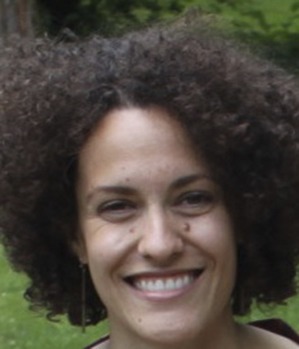
80 YEARS AGO
Calculating Automobile Fatality Rates
The prevailing method for calculating mortality rates for deaths due to automobile accidents . . . uses the total population as a basis. This may be a convenient method, but it is not entirely adequate. . . . [C]ities with few motor cars, even though the population be very large, might have a few fatalities. . . We are forced to conclude that a method which ignores the number of motor cars . . . is inadequate. It is really necessary, for accuracy, that both factors be included in the method of computing rates. This could be termed the car-population unit method.
From AJPH, May 1937
60 YEARS AGO
The Role of Public Health in Highway Safety
It is now generally recognized that the number of accidents on our highways has attained the epidemic proportions of a noncontagious mass disease. During the current year approximately 42,000 people will be killed, 400,000 permanently impaired in some way, and a million temporarily disabled. It seems only logical, therefore, that public health should assume responsibility for the control of the threat as it did earlier in the field of quarantinable diseases. In general, accident distributions show variations according to season, age, sex, and other parameters. . . . In most instance, there is multiple causation in accidents and attempts at control should involve consideration of the interaction of host, agent, and environment.
From AJPH, March 1957
In the summer of 2015, nearly one million Syrian refugees arrived in Germany. They sought not only political asylum, but health care for various physical and mental health issues acquired while fleeing the “biggest humanitarian and refugee crisis of our time” (http://bit.ly/2jyLQr7). Of these refugees, only one percent had any knowledge of the German language before arriving. The inability to communicate fluently was a barrier, not only to integration, but also in managing the asylum process necessary to gain full access to the health care system. Language barriers also often present obstacles for refugees in obtaining quality health care.
With intermediate German-language skills and a basic knowledge of Arabic, I traveled to Bayreuth, Germany, to work with Syrian refugees for my summer 2016 internship. In conversations, two main themes emerged: language barriers leading to problems around socialization and integration, and in obtaining quality health care.
QUALITY HEALTH CARE
Accessing appropriate and quality health care is critical. Among refugee populations worldwide, language and translation issues are frequently cited as barriers to quality health care for both physical and mental health problems. Interactions with health care professionals, from discussing medical history to describing characteristics and duration of symptoms, can be daunting for those with limited language skills. These struggles all exist for Syrian refugees in Germany. They have been exacerbated by the large number of arrivals in a short period, which made it difficult to practice the new language.
Language concerns weighed heavily on the refugees I met, and most of our conversations involved a discussion of language difficulties, especially related to seeking health care. Refugees expressed concern about calling clinics to make appointments, translating for others during appointments, and understanding directions from pharmacists. Although free German courses were offered, the waiting lists were long, and the classes therefore were effectively inaccessible.
INTERACTIONS WITH LOCALS
Refugees often experienced little interaction with locals, had limited transportation options, and were isolated, making it difficult to practice language or learn about differences in social interactions. Fortunately, characteristics of this population provide hope. Though not homogeneous, many migrants from Syria are young and relatively well-educated; more than half attended secondary school and almost 30% attended higher education institutions, both of which improve the chance of effective language acquisition.
Moreover, viable solutions have been developed for other refugee populations, and these ideas may be incorporated in finding new ways of meeting health-related needs of this population and improving integration and health care quality. Strategies should focus on increased involvement from public health practitioners, nongovernmental organizations, and agencies; language and translation resources and training; assistance navigating systems; community collaboration; and provider education. Such culturally competent, community-based, prevention-oriented programs can help to lessen physical and mental health problems among refugees. They also provide increased interactions with health care providers and local populations. Although language issues among the unprecedentedly large Syrian refugee population in Germany will evolve, action must be taken now to avoid future problems with integration and health care.


